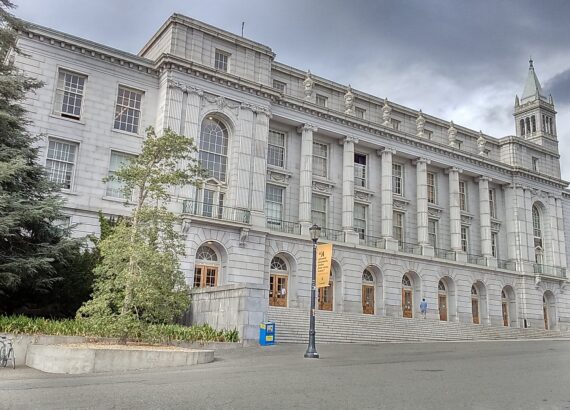Amazon “coupons”
Economists have studied price discrimination (charging people different prices for the same good) for decades. In general, we divide price discrimination into three types. One is “first-degree price discrimination”, where you know someone’s exact willingness to pay for a product and charge them that price. This type of price discrimination is not particularly interesting because in a world with many different individuals, it’s practically impossible to know a person’s willingness to pay exactly. You can come close, however, if you observe a person’s characteristics (e.g., age, gender, income) and you know how willingness to pay varies with such characteristics, on average. This is known as “third-degree price discrimination”, and it manifests itself in student and elderly discounts, ladies’ nights, and so on.
The most interesting type of price discrimination is “second-degree price discrimination”, where consumers self-select into different pricing schemes. A great example of this is coupons. Generally, the more money you make, the more you are willing to pay more for most goods. Thus, stores would love to charge higher-income people more for the same good. Of course, it’s very hard for a store to know how much money people make (and no one will tell you they make a lot of money if they know this means paying a higher price!). Coupons are a great way to get high- and low-income consumers to pay different prices. High-income individuals are generally less willing to spend their time clipping coupons. Thus, a store can get them to pay more for the same good by posting a high price and issuing a coupon that people have to go out of their way to get (mail-in rebates represent a similar idea).
Not to be behind traditional retailers, Amazon has also introduced coupons. In its “Prime Pantry” area (where Prime members can buy individual grocery items and pay $5.99/box flat shipping), many products have coupons associated with them (as of this writing, thisand thiswere good examples). The funny thing is that the “coupon” is a button on the product page. All you have to do to get the discount is press the “Clip Coupon and Save” button before adding the product to your cart. Why doesn’t Amazon simply lower the price of the item and get rid of the coupon? Are people with higher willingness to pay really so lazy or inattentive that they will not notice and/or press a coupon button that’s right there in front of them? I find that hard to believe.
As in my previous post, I don’t have a definitive answer, but I have two guesses (if you work for Amazon and can tell me how often people who see the coupon don’t click on it, please do!):
-
- Amazon wants to offer the reduced price only for a short period of time and consumers don’t like seeing the price of items go up and down frequently (and they don’t perceive the disappearance of a coupon as an increase in the price).
- Having a higher price sets people’s expectations about how much they should be paying for the item. Paying less than this “reference price” makes them happier than they would be if the price of the item was simply reduced.
It’s also possible that Amazon hasn’t thought this coupon thing through carefully, in which case you’re welcome, Amazon.




Comments are closed.